Mining is the extraction of valuable minerals or other geological materials from the Earth, usually from an ore body, lode, vein, seam, reef, gypsum, washed stone, or placer deposit. These deposits form a mineralized commodity that is of economic interest to the miner.
Currently we are dealing with the following mining materials, sourced mainly from Middle Eastern countries:
Limestone is a common type of carbonate sedimentary rock. It is composed mostly of the minerals calcite and aragonite, which are different crystal forms of calcium carbonate (CaCO3) Limestone forms when these minerals precipitate out of water containing.... READ MORE

Gypsum powder is a natural product found in deposits throughout the globe. It begins as a soft, white mineral rock and is processed to make a dry powder. Naturally occurring gypsum is composed of calcium, sulfur, oxygen and hydrogen. Gypsum powder.... READ MORE

River Run Washed Stone or River Gravel sometime called pebbles or pea rock comes in several different sizes and colors. River Pebbles are often used for Gravel Driveways, Landscaping Ground Cover. French Drains or used in concrete when an exposed aggregate finish is desired.... READ MORE
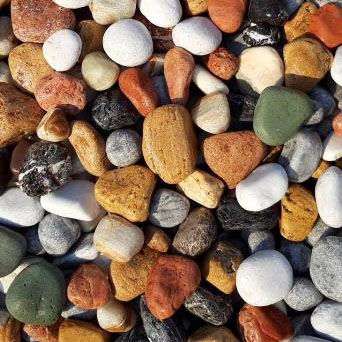
Construction aggregate, or simply aggregate, is a broad category of coarse to medium-grained particulate material used in construction, including sand, gravel, crushed stone, slag, recycled concrete and geosynthetic aggregates. Aggregates are the most mined.... READ MORE
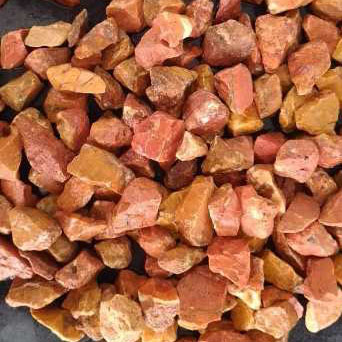
Industrial materials are substances employed in industrial processes for the creation of goods and artifacts. Materials may be classified in different ways: nature of constituents, usage, etc. Currently we are dealing with the following mining materials, sourced mainly from middle eastern countries:
Sulphur is a nonmetallic chemical element belonging to the oxygen group (Group 16 [VIa] of the periodic table), one of the most reactive of the elements. Pure sulfur is a tasteless, odorless, brittle solid that is pale yellow in color, a poor conductor of electricity, and insoluble in water.... READ MORE
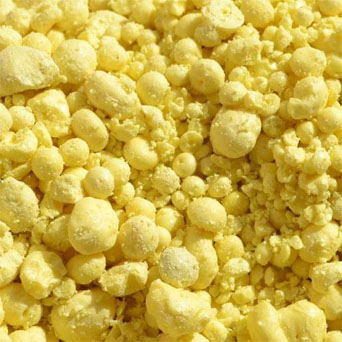
Bitumen is composed of complex hydrocarbons and contains elements such as calcium, iron, sulfur, and oxygen. The quality of material and ease of production depends on the source and type of crude oil it is derived from. Bitumen is generally for industry use. The substance was.... READ MORE
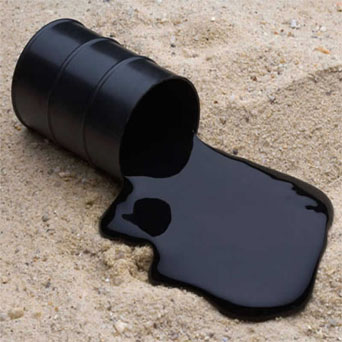
Dimethyl Terephthalate (DMT) is primarily used in the manufacture of polyethylene terephthalate (PET) for fiber, film, container plastics, and specialty plastics applications. The largest polyester sector is the fibers market where it is used to make clothes, home textiles such as sheets and curtains.... READ MORE
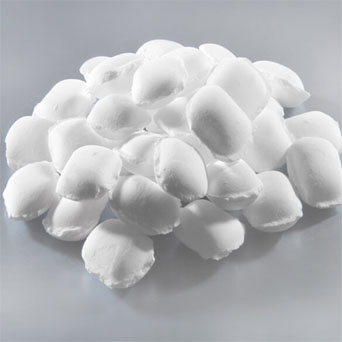
Bauxite is a rock formed from a reddish clay material called laterite soil and is most commonly found in tropical or subtropical regions. Bauxite is primarily comprised of aluminum oxide compounds (alumina), silica, iron oxides and titanium dioxide. Approximately 70 percent of the.... READ MORE
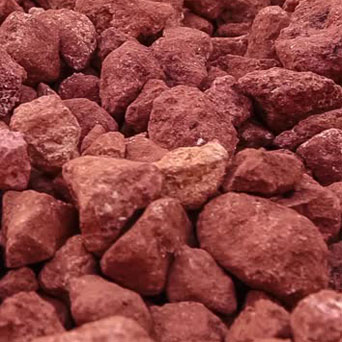
PE 100 Black is a High-Density Polyethylene, black colored resin. The product is classified as PE 100 and provides excellent environmental stress crack resistance properties (ESCR) combined with very good long term hydrostatic strength. It has very high impact and.... READ MORE
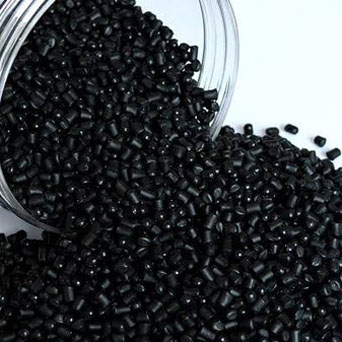
HDPE (High Density Polyethylene): One of the newest types of plastics, HDPE was first created in the 1950s by Karl Ziegler and Erhard Holzkamp. HDPE is the most commonly recycled plastic and is usually deemed safe for food contact by the FDA. Because of its internal structure.... READ MORE
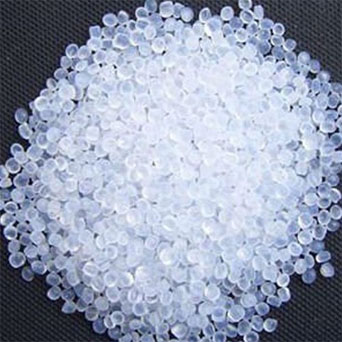
Building material is material used for construction. Many naturally occurring substances, such as clay, rocks, sand and wood, even twigs and leaves, have been used to construct buildings. Apart from naturally occurring materials, many man-made products are in use. Currently we are dealing with the following Building materials, sourced mainly from Middle Eastern and Asian countries:
Portland cement is a fine powder produced by grinding Portland cement clinker (more than 90%), a limited amount of gypsum (calcium sulphate dehydrate – CaSO4.2H2O, which controls the set time) and other minor constituents which can be used to vary the properties of the final cement.... READ MORE
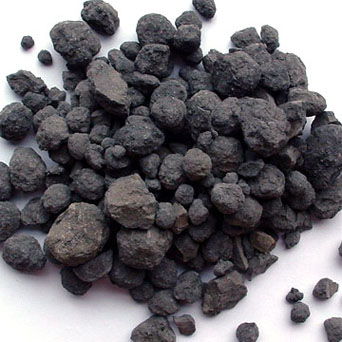
The US Standard ASTM C 150 defines Portland cement as: Hydraulic cement (cement that not only hardens by reacting with water but also forms a water-resistant product) produced by pulverizing clinkers consisting essentially of hydraulic calcium silicates, usually containing one.... READ MORE

Mahallat County in Markazi Province of Iran is the hub of decorative stone production. There are 70 active stone mines in Mahallat that possesses 30 million tons of mineral reserves, 2 million tons of which are extracted annually. Over 2% of the world’s construction.... READ MORE

Due to its inherent fire resistance, gypsum board, commonly known as drywall is the premier building material for wall, ceiling, and partition systems in residential, institutional, and commercial structures. Designed to provide a monolithic surface when joints and fastener heads are.... READ MORE
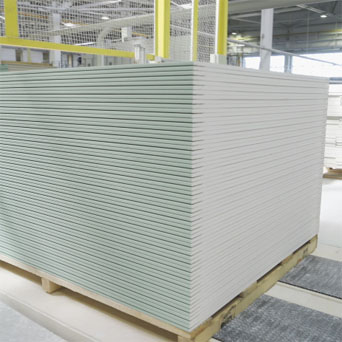
Building material is material used for construction. Many naturally occurring substances, such as clay, rocks, sand and wood, even twigs and leaves, have been used to construct buildings. Apart from naturally occurring materials, many man-made products are in use. Currently we are dealing with the following Building materials, sourced mainly from Middle Eastern and Asian countries:
Human use of palms is as old as, or even older than, civilization itself, starting with the growing of date palms by Mesopotamians and other Middle Eastern peoples 5000 years or more ago. The Date Palm had a great effect on the history of the Middle East. Historian W.H. Barreveld wrote.... READ MORE

Saffron is one of the world’s most costly spices. One of the reasons behind the high price is the fact that this spice cannot be found except in a handful of places. Hence, saffron has been nicknames “The red gold”. Though you can find saffron in a few places besides Iran, Persian saffron.... READ MORE

Wild Persian Figs are naturally sun-dried. They are natural source of fiber – sweet nectar flavor with crunchy texture. This fruit is highly concentrated source of minerals and vitamins. Naturally Sun-dried Fruits with no added preservatives or additives. Iran is one of the most important diversity.... READ MORE

The apricot, which was cultivated in China and Central Asia as early as 2000 B.C., migrated with the country’s traders, who traveled the Great Silk Road. The Chinese merchants, botanist Berthold Laufer suggests, very probably introduced the fruit to the Persians. They called it the.... READ MORE
